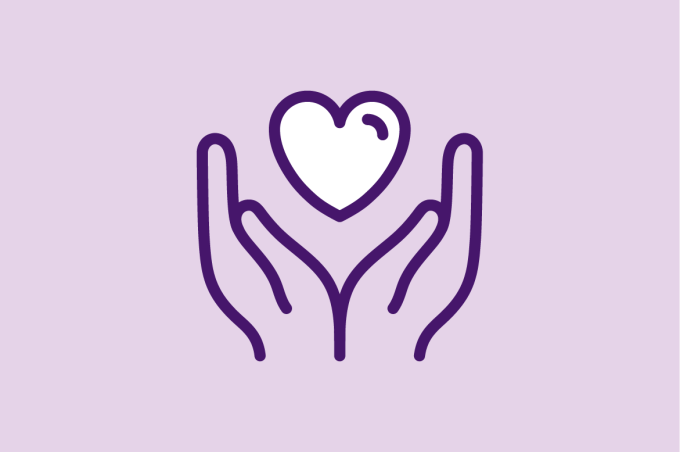Navigating the EHR, with its incessant demands on physicians’ time, focus and energy, can be a challenge even in the best of times. When transitioning to a new EHR system, physicians travel an even bumpier technological road.
But there are ways to smooth the path forward, making an EHR switch as painless as possible for all involved, as detailed in a recently published AMA STEPS Forward® toolkit—one that lays out some common pitfalls and suggests how to manage each one.
From AI implementation to EHR adoption and usability, the AMA is making technology work for physicians, ensuring that it is an asset to physicians—not a burden.
The AMA toolkit details the ideal approach to switching EHRs, which includes preparation that starts long before the change officially begins, first by selecting a transition team with a multidisciplinary focus. Managing expectations is key, though, and problems will arise.
The toolkit identifies these 10 common challenges, followed by strategies for mitigating their negative repercussions.
Reluctance to embrace change
Transition tip: Communicate with users early and often about each phase of the process and provide extensive training on the new EHR system.
Rise in job dissatisfaction, burnout
Transition tip: Consider creating a well-being task force focused solely on the EHR transition and decrease clinical volume during the “go-live” period.
Team members will be diverted from other projects
Transition tip: Accept that there will be lower clinic productivity during the early transition period and ensure that expectations for return to higher productivity levels are appropriate. Consider selectively hiring short-term staff and consultants to pick up the slack.
More training will be needed
Transition tip: When using a phased rollout, implement a pay-it-forward model for mutual support and training in which those who have learned how to use the system can help train and support others.
EHR system purchase price, plus transition costs
Transition tip: Make sure to budget appropriately for both the rollout and for the expense of operating two systems simultaneously when using a phased rollout. Examine whether internal personnel could reduce the need to pay for outside consultations.
Burdens of shifting personnel to other duties
Transition tip: Try to identify the effects of lost productivity. Whenever possible, try to mitigate the negative effects, such as by increasing patient access before going live to compensate for reduced access during the go-live phase.
EHR customization’s a hard call
Transition tip: Understand the current workflows, remove unnecessary workarounds, revisit workflow optimization later, manage expectations, and frequently ask for and respond to feedback.
Higher risk of data loss, breaches during transition
Transition tip: Create a data-management team whose responsibilities are backing up data and assessing data integrity.
Disruptions to health-info exchange
Transition tip: Work with vendors and internal informaticists to develop reliable channels that support communication.
Higher cybersecurity risks during transition
Transition tip: Establish a cybersecurity task force that will examine and manage emerging threats.
The toolkit outlines nine steps overall in the EHR transition:
- Creating a transition team.
- Communicating with end users to create buy-in.
- Deciding on an implementation approach.
- Understanding the current EHR state.
- Considering customization needs.
- Anticipating challenges.
- Offering training and support.
- Mitigating other workplace stressors.
- Gathering feedback and supporting ongoing optimization.
All the strategies for managing the switch rely heavily on the development of strong relationships through communication, high engagement and a shared understanding with vendors and team members alike. Your EHR vendor will help, but support and rely on internal staff, who know the organization best.
You also should look for the “sweet spot” in EHR customization, the toolkit says. While off-the-shelf EHR systems won’t work perfectly, the more changes made, the more potential problems are created—and you can always customize more later.
Finally, it’s important to recognize that the EHR transition is a long, ongoing process and there is no way around the biggest challenge: Changing EHRs likely will raise physicians’ workload, which is directly related to burnout. But anticipating common problems allows for preparation, which can reduce stress and speed up a solution’s arrival.
Physicians and health care leaders also should explore the AMA STEPS Forward Taming the EHR Playbook, which outlines how to implement effective system-level policies to reduce the physician burden of EHR work.
Table of Contents
- Reluctance to embrace change
- Rise in job dissatisfaction, burnout
- Team members will be diverted from other projects
- More training will be needed
- EHR system purchase price, plus transition costs
- Burdens of shifting personnel to other duties
- EHR customization’s a hard call
- Higher risk of data loss, breaches during transition
- Disruptions to health-info exchange
- Higher cybersecurity risks during transition




